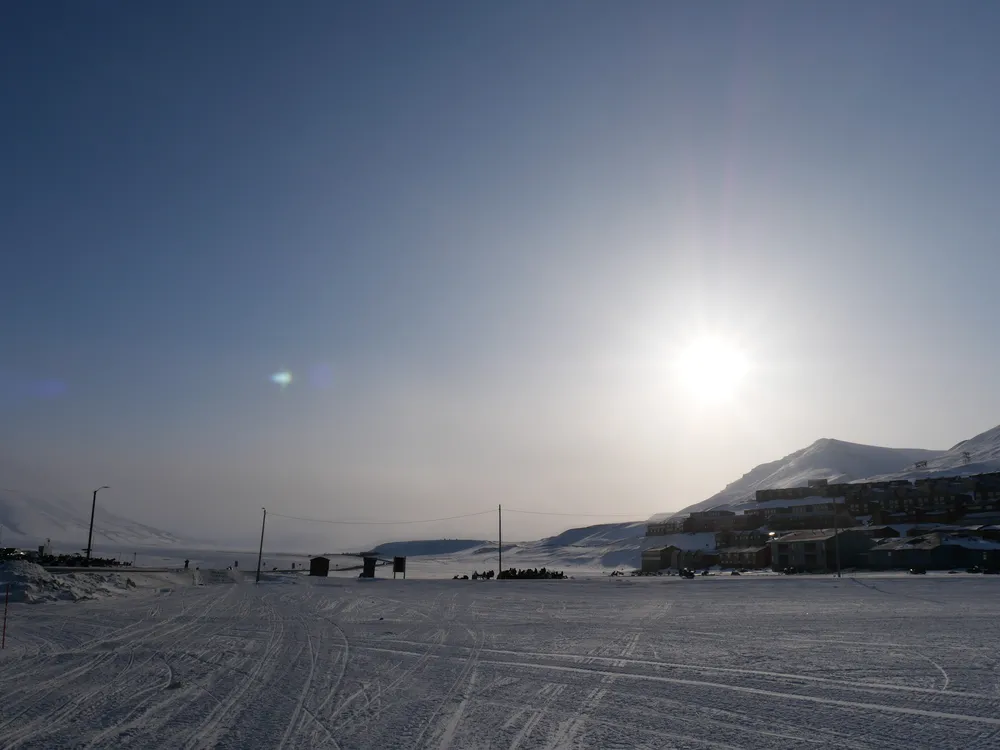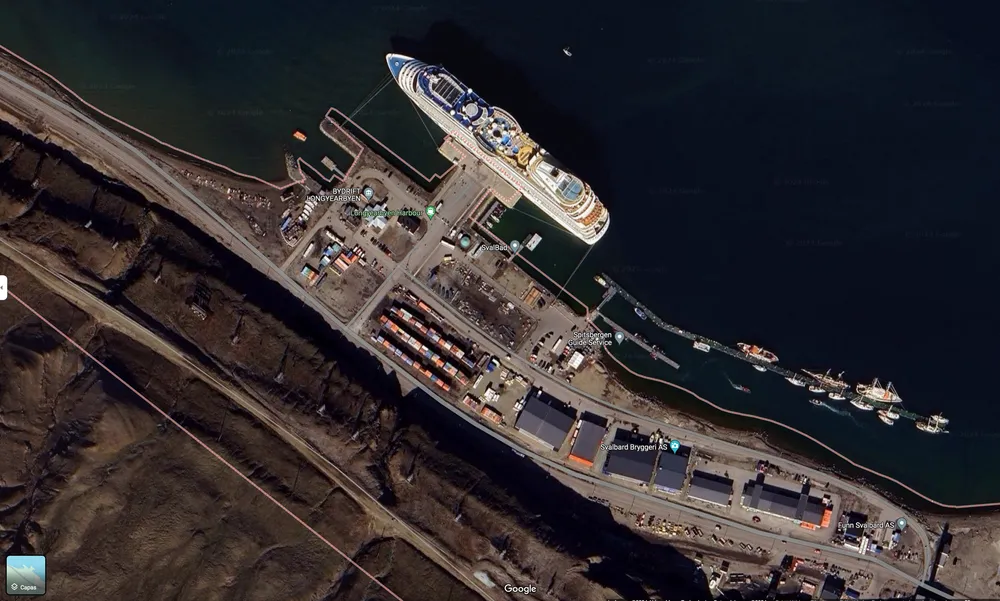Complex naming and complex history
The naming of the region that includes both the archipelago and the largest island has a complex history, which involves different names like Spitsbergen, Svalbard, and other variations. Here’s an explanation of the history, geography, and political implications of these names:
Spitsbergen:
Spitsbergen is the name originally given to the largest island in the Svalbard archipelago by the Dutch explorer Willem Barentsz in 1596. The name means “pointed mountains” in Dutch and refers to the rugged, mountainous terrain of the island. For many years, “Spitsbergen” was used to refer to the entire archipelago, including all the islands within it.
Svalbard:
Svalbard is the Norwegian name for the archipelago, and it means “cold coast” or “chilly shores” in Old Norse. The name “Svalbard” was first mentioned in Icelandic texts in the 12th century and gradually became more widely used. In the early 20th century, Norway officially adopted the name “Svalbard” for the archipelago.

Historical and Geographical Context:
The archipelago of Svalbard has a long history of exploration, whaling, and coal mining. It has been visited by various European countries, including the Netherlands, Russia, and Norway, over the centuries. The different names used for the region reflect the influence of these explorers and the evolving understanding of the geography of the area.
Political Implications:
The naming of the region has political implications due to territorial claims and international agreements. In the 17th century, the Dutch had established some whaling stations in Spitsbergen, but later, Russian and Norwegian interests became more prominent. In 1920, the Svalbard Treaty was signed, granting sovereignty to Norway but allowing access and economic activities for all treaty signatories. The treaty reinforced the use of the name “Svalbard” for the archipelago.
Contemporary Usage:
Today, “Svalbard” is the most commonly used name for the archipelago, including the largest island. It is recognized internationally and is the official Norwegian name. However, the name “Spitsbergen” is still used to refer specifically to the largest island within Svalbard. This is specially true when visiting the two Russian enclaves in the Archipielago, Barentsburg and Pyramiden

Longyearbyen: largest city and weird name
Longyearbyen is the largest settlement and the administrative center of the Svalbard archipelago in Norway.
Origins of the name Longyearbyen
Longyearbyen owes its name to John Munro Longyear, an American businessman and entrepreneur who was involved in the early coal mining operations in Svalbard. Longyear established the Arctic Coal Company in 1906, which played a significant role in the development of the coal mining industry in the region.
Naming
The settlement was originally known as “Longyear City” or “Longyear City Mine No. 1” to honor John Munro Longyear. Over time, the name was shortened to “Longyearbyen,” with “byen” meaning “the town” in Norwegian.
The name was officially adopted in 1926 when the Norwegian government established Longyearbyen as the permanent administrative center of Svalbard.
The city today
Longyearbyen became the central hub for coal mining operations and gradually evolved into a community with essential facilities, such as schools, shops, and hospitals.
Longyearbyen has a diverse population, comprising people from various countries who are drawn to the opportunities (mainly high wages and no visa) of this region of The Arctic. While Norwegians constitute the majority, the community also includes residents from other countries who work tourism, and other industries.
Longyearbyen experiences polar night during the winter months when the sun does not rise above the horizon for several months. Conversely, the summer months bring the midnight sun, with continuous daylight for an extended period. The town’s unique geographical location and stunning Arctic scenery make it a popular destination for tourists and probably is or it will be a major concern as the city, during high season, sees more than 4000 people disembarking from cruise ships that stop there.



